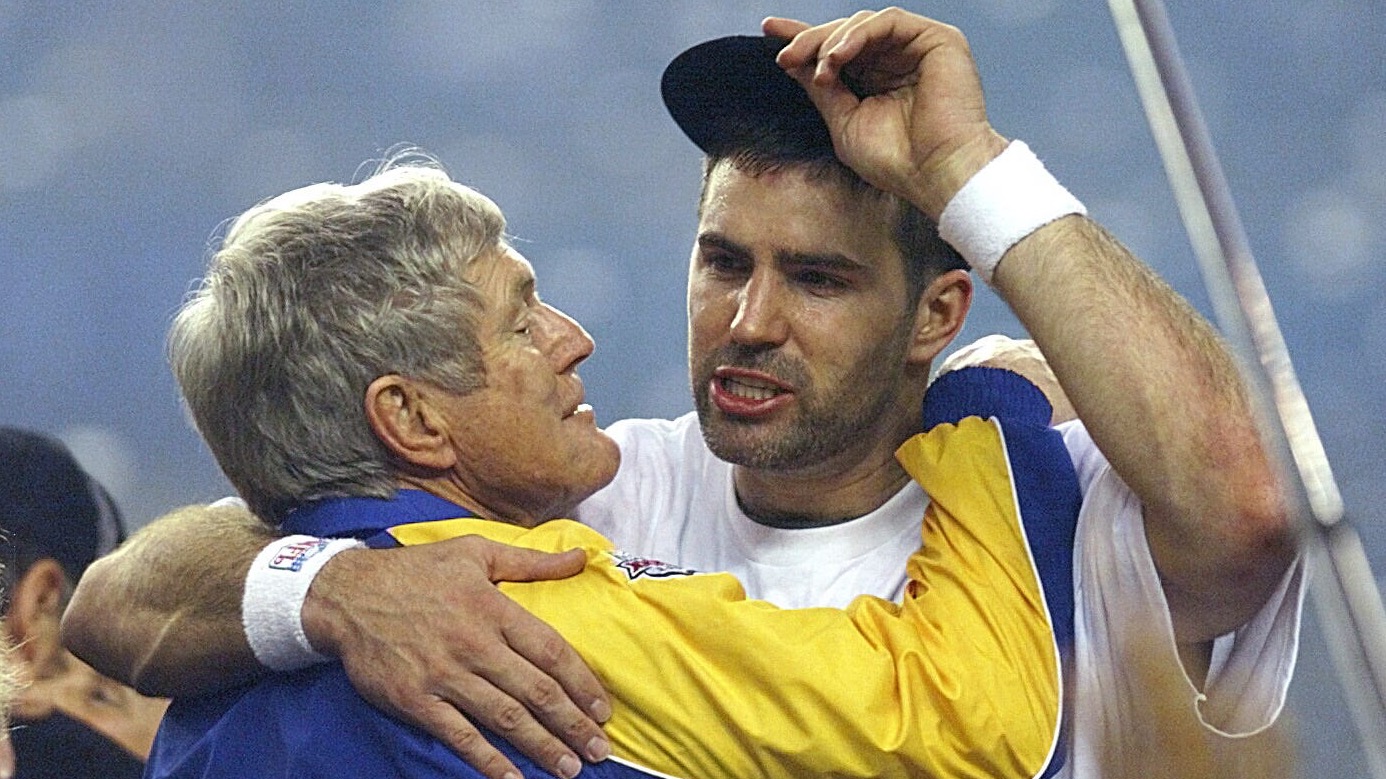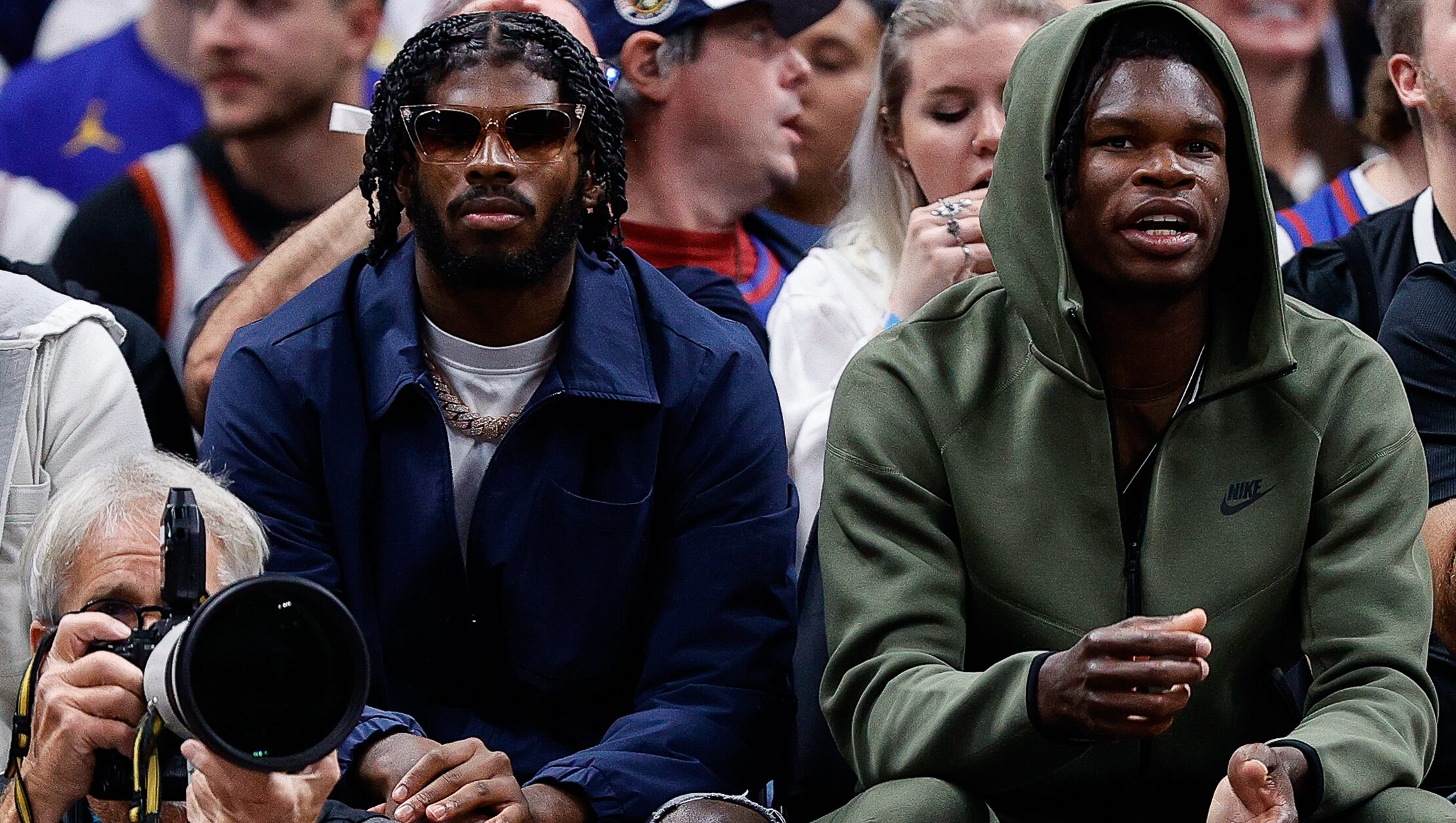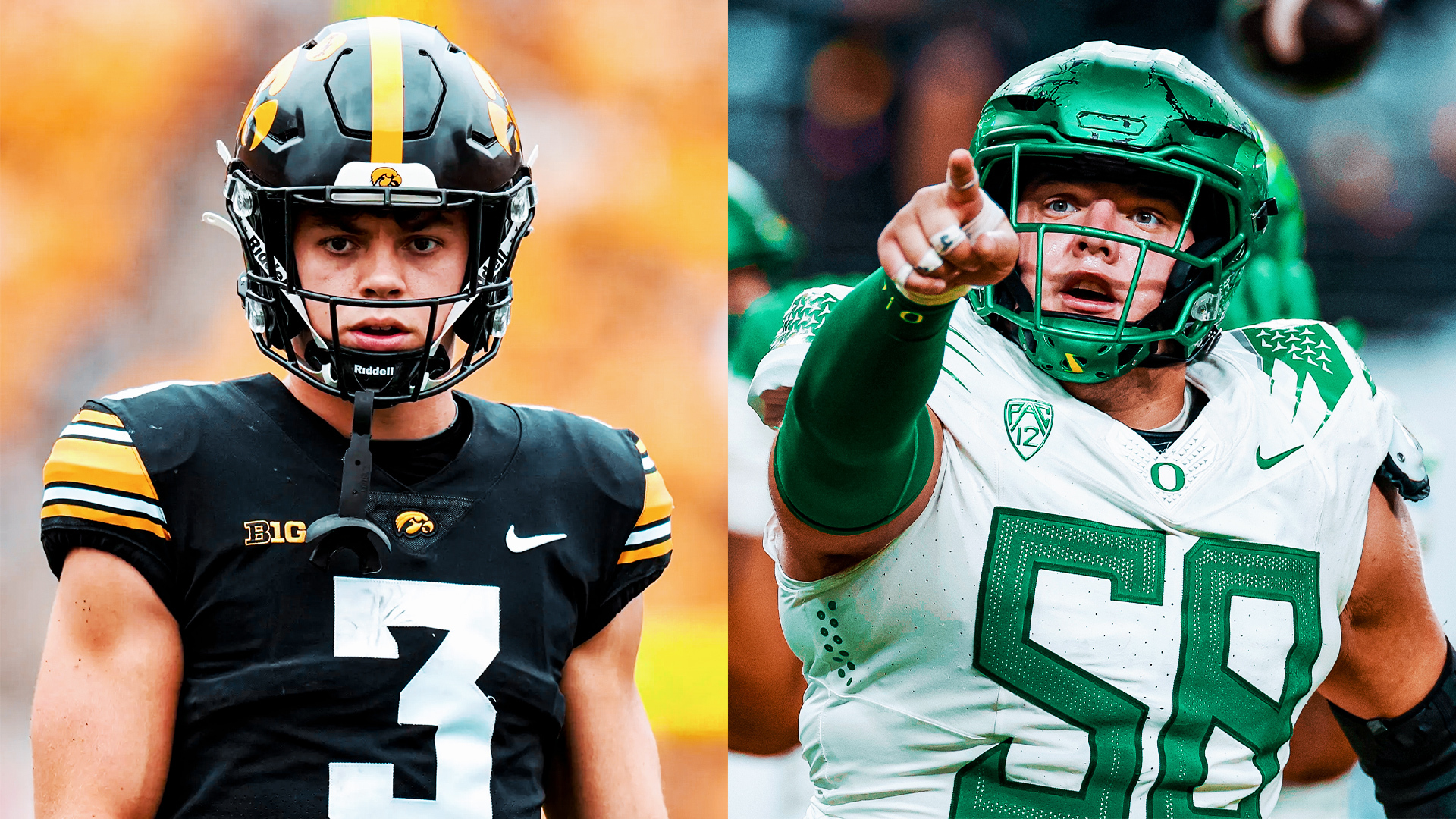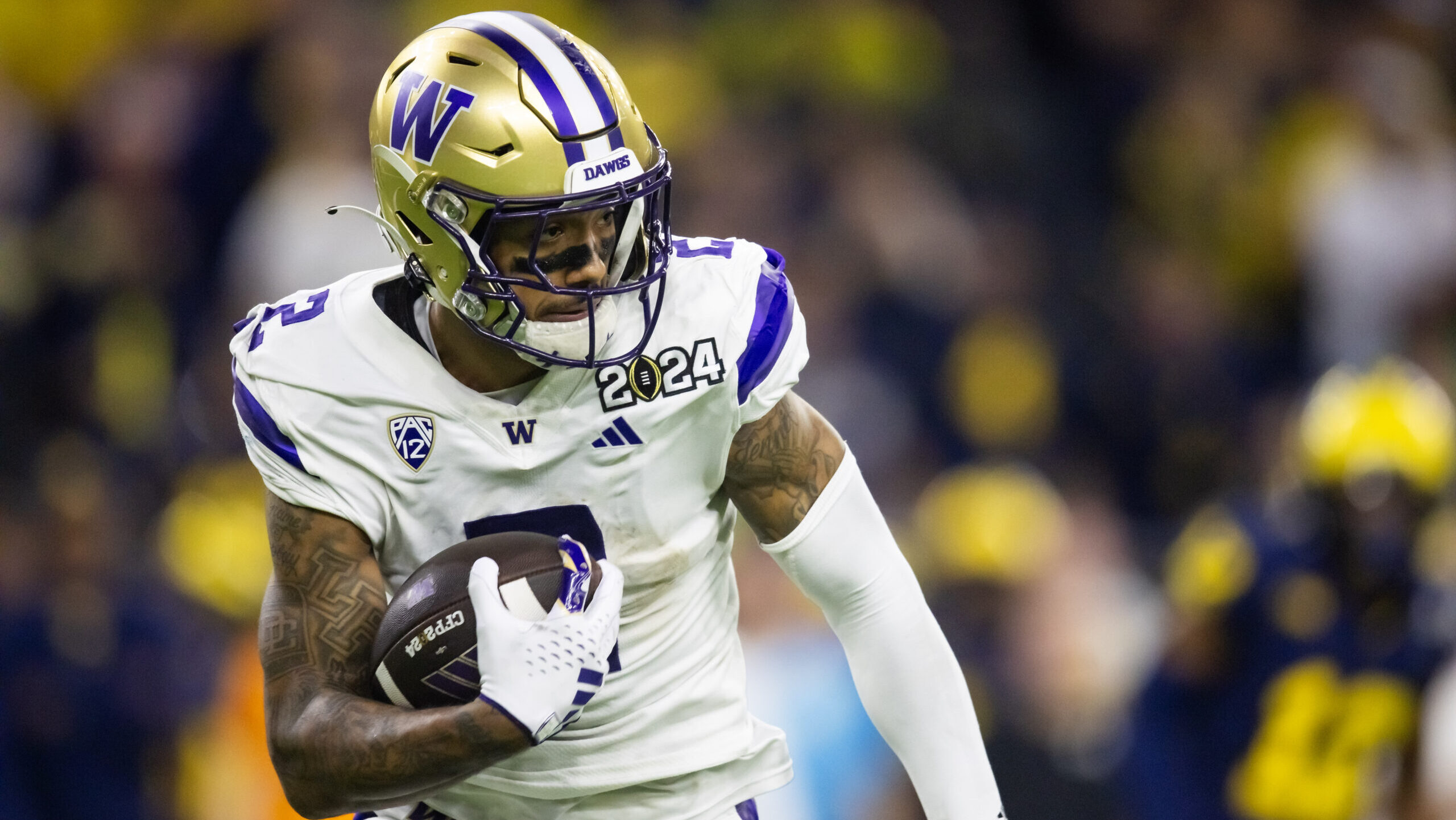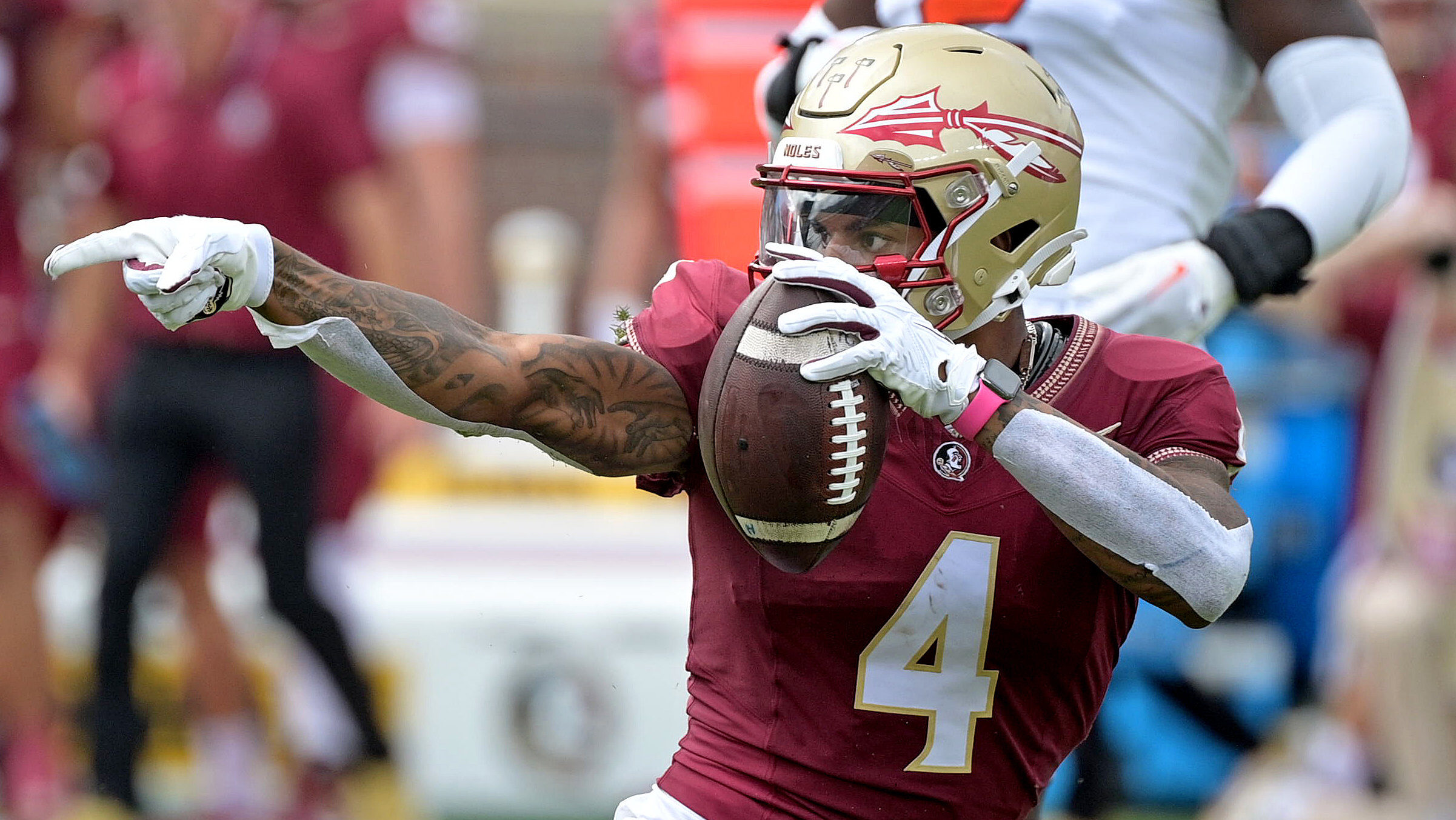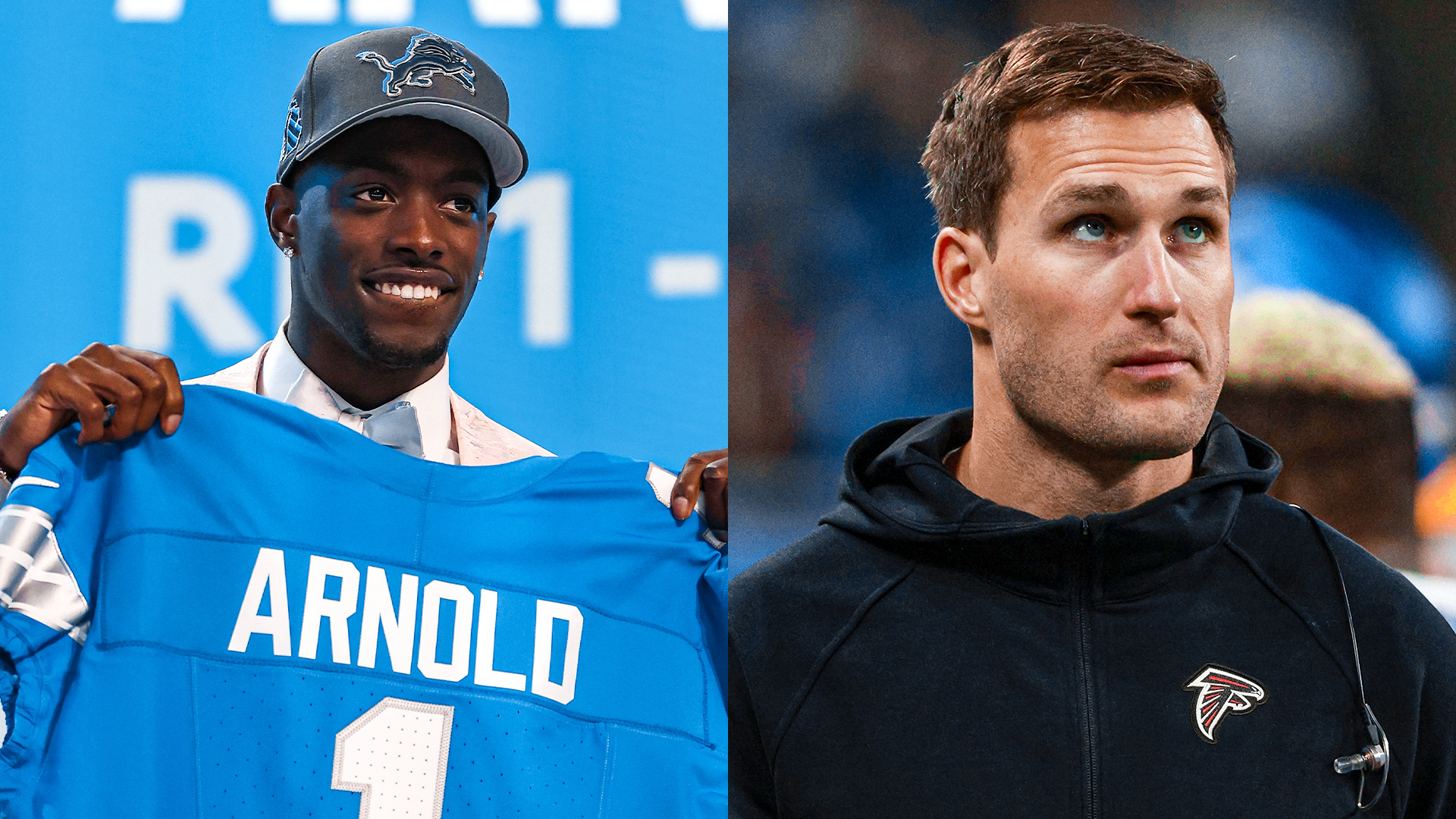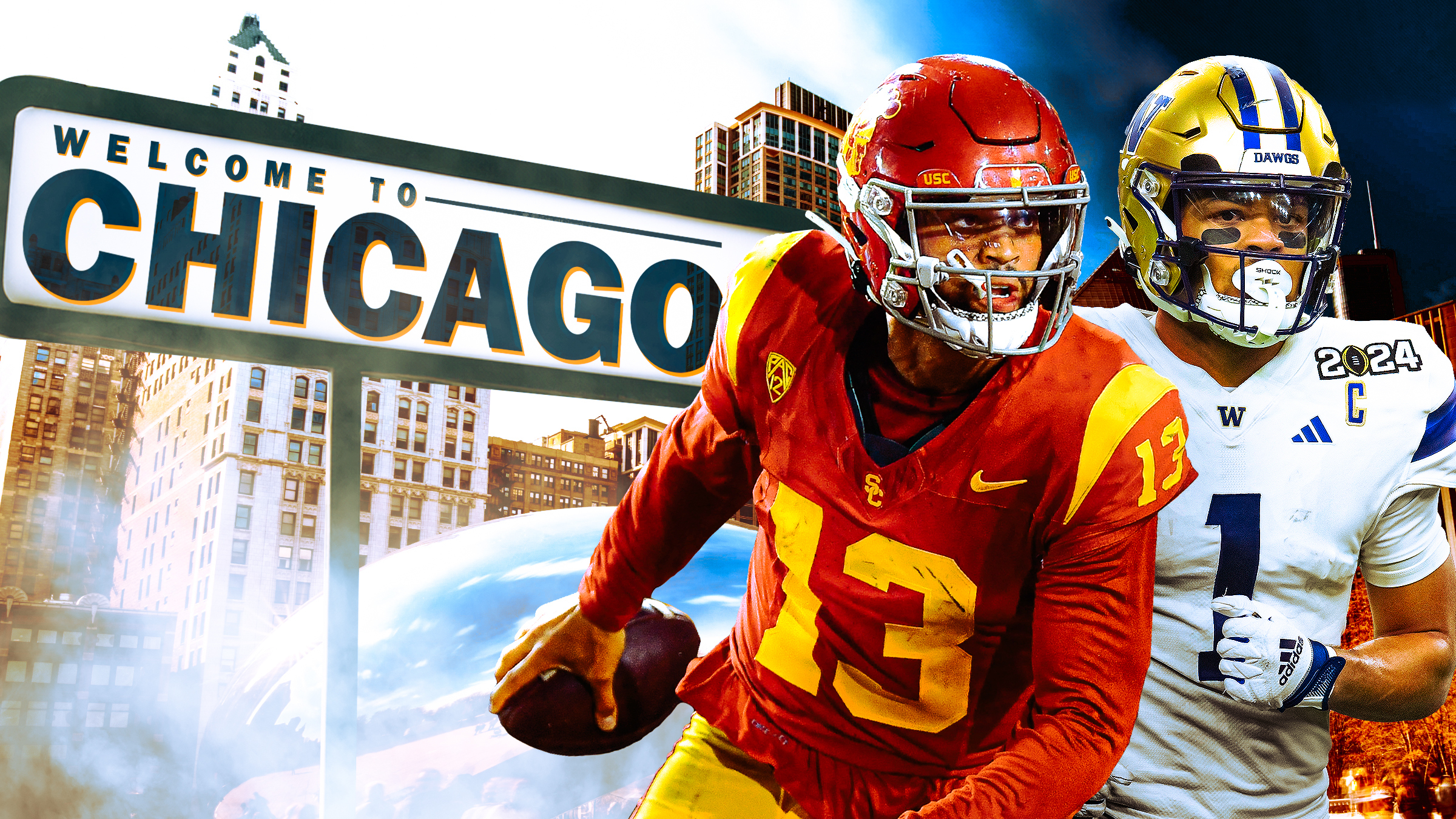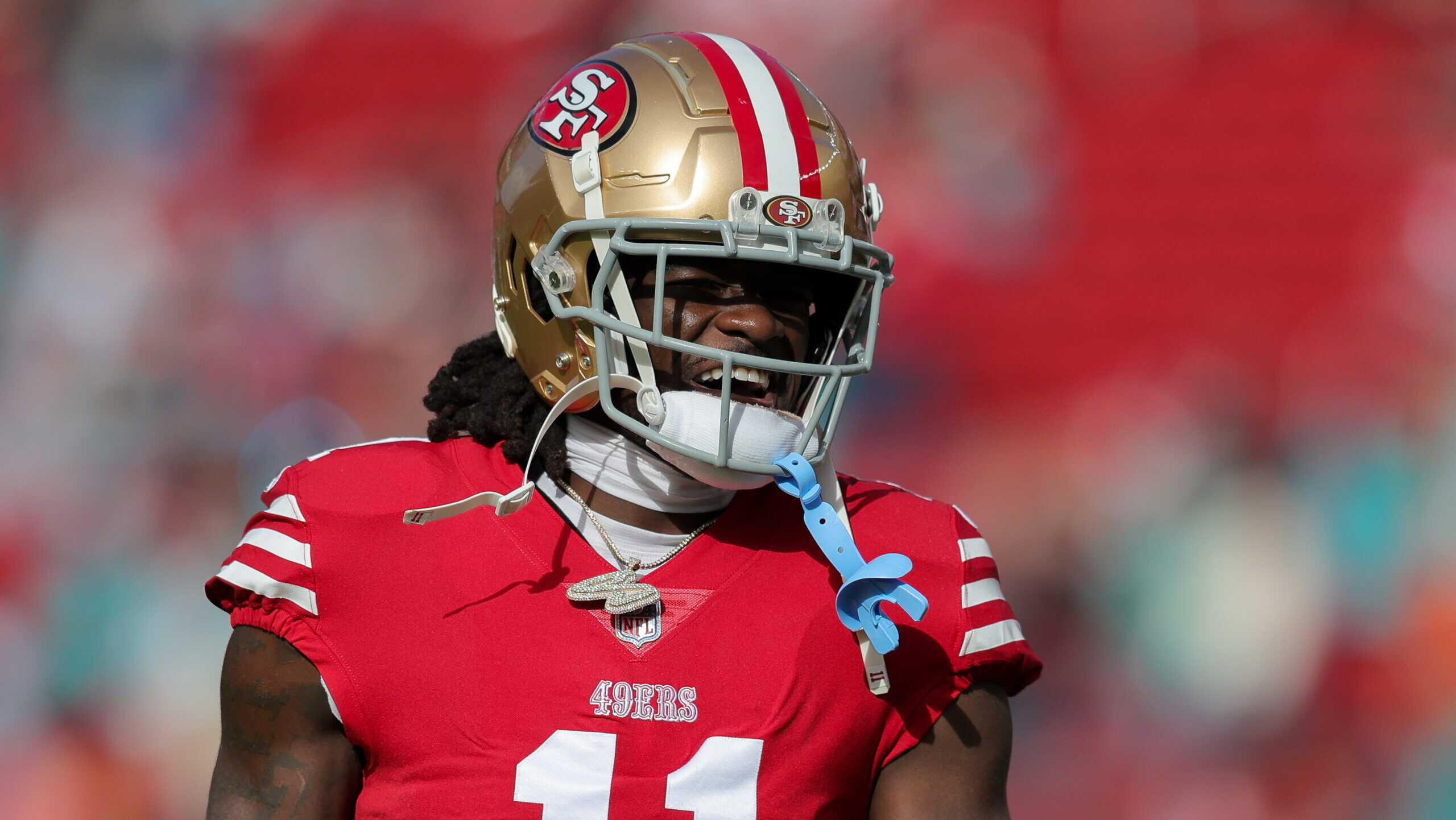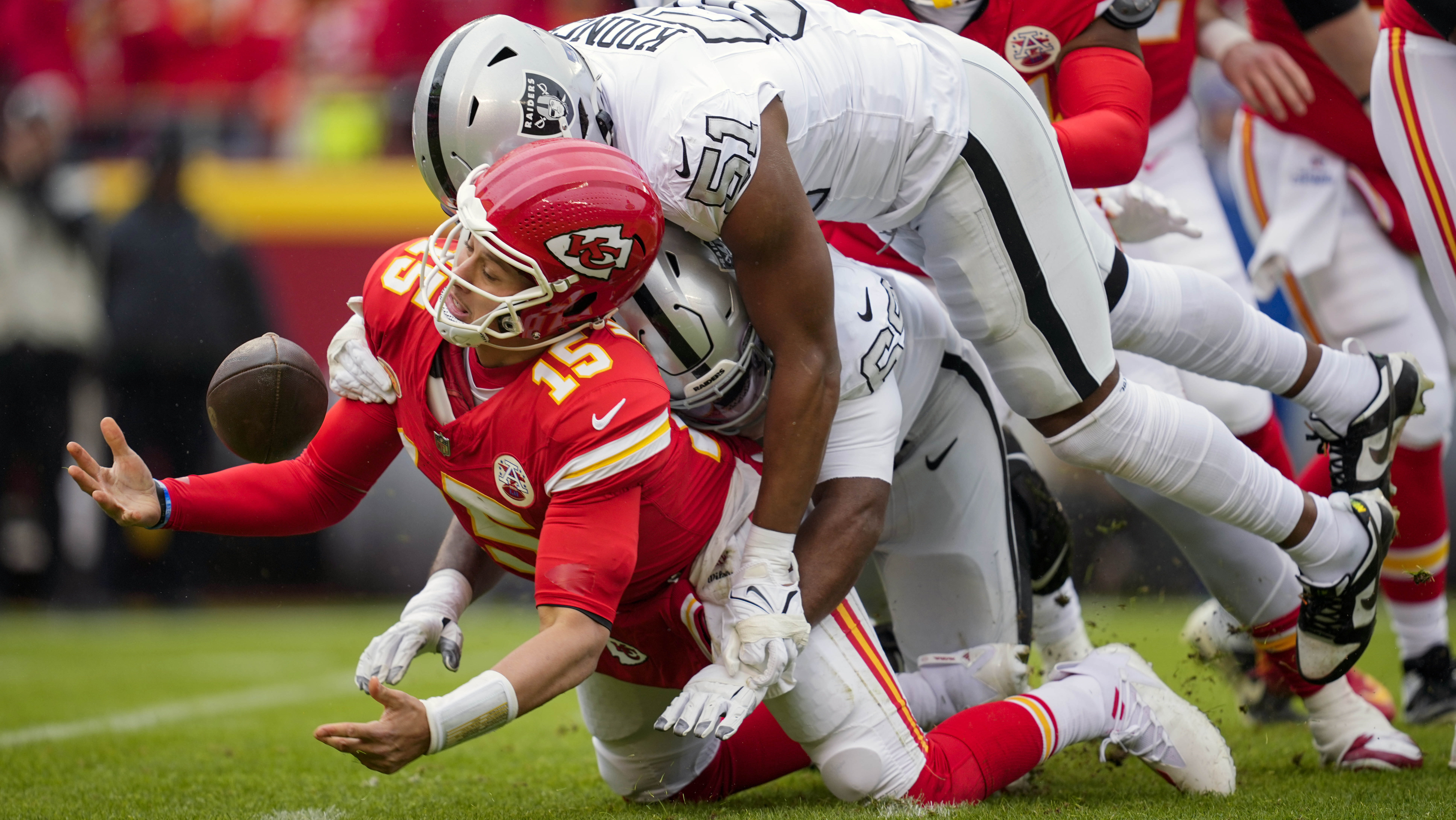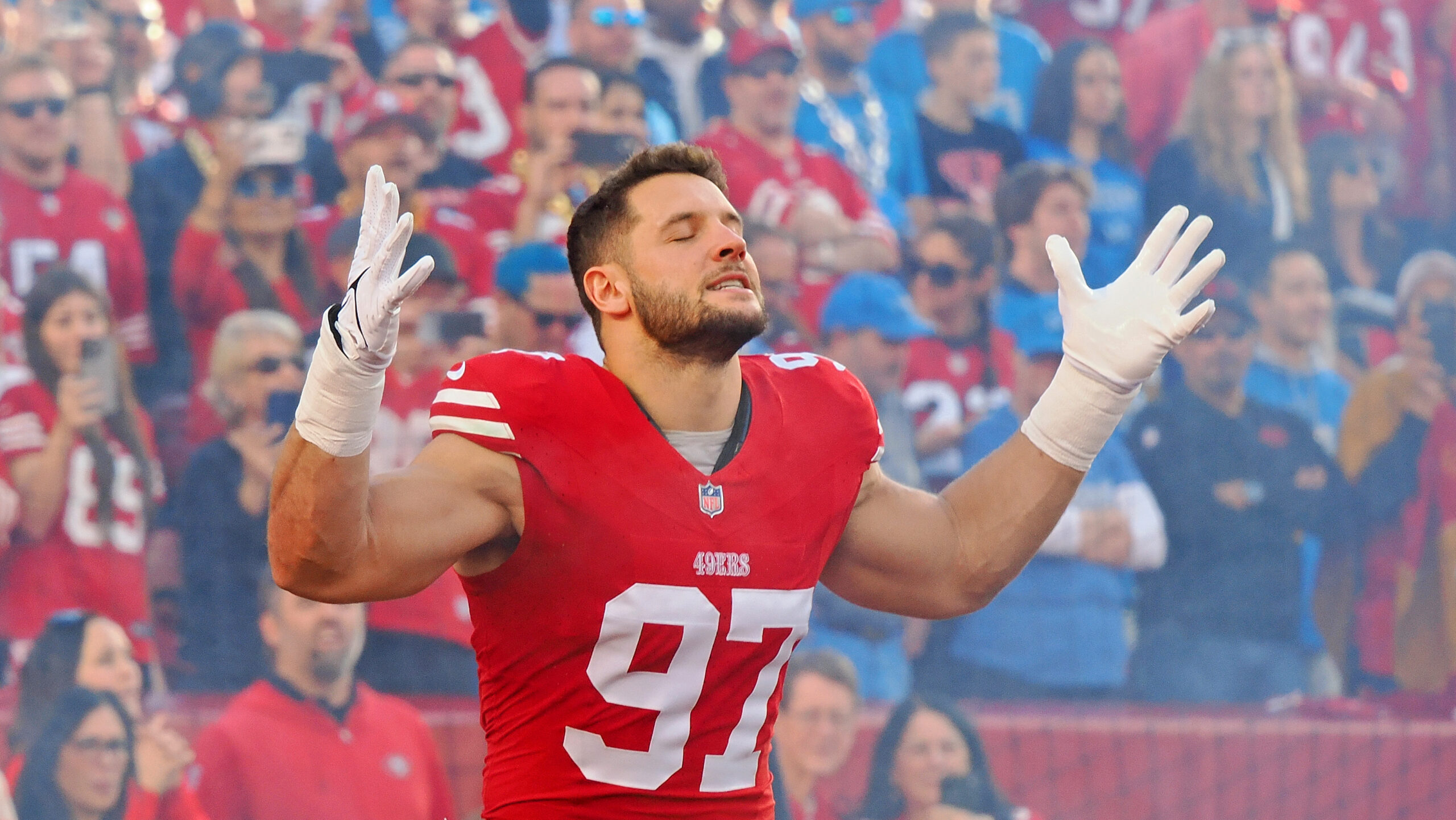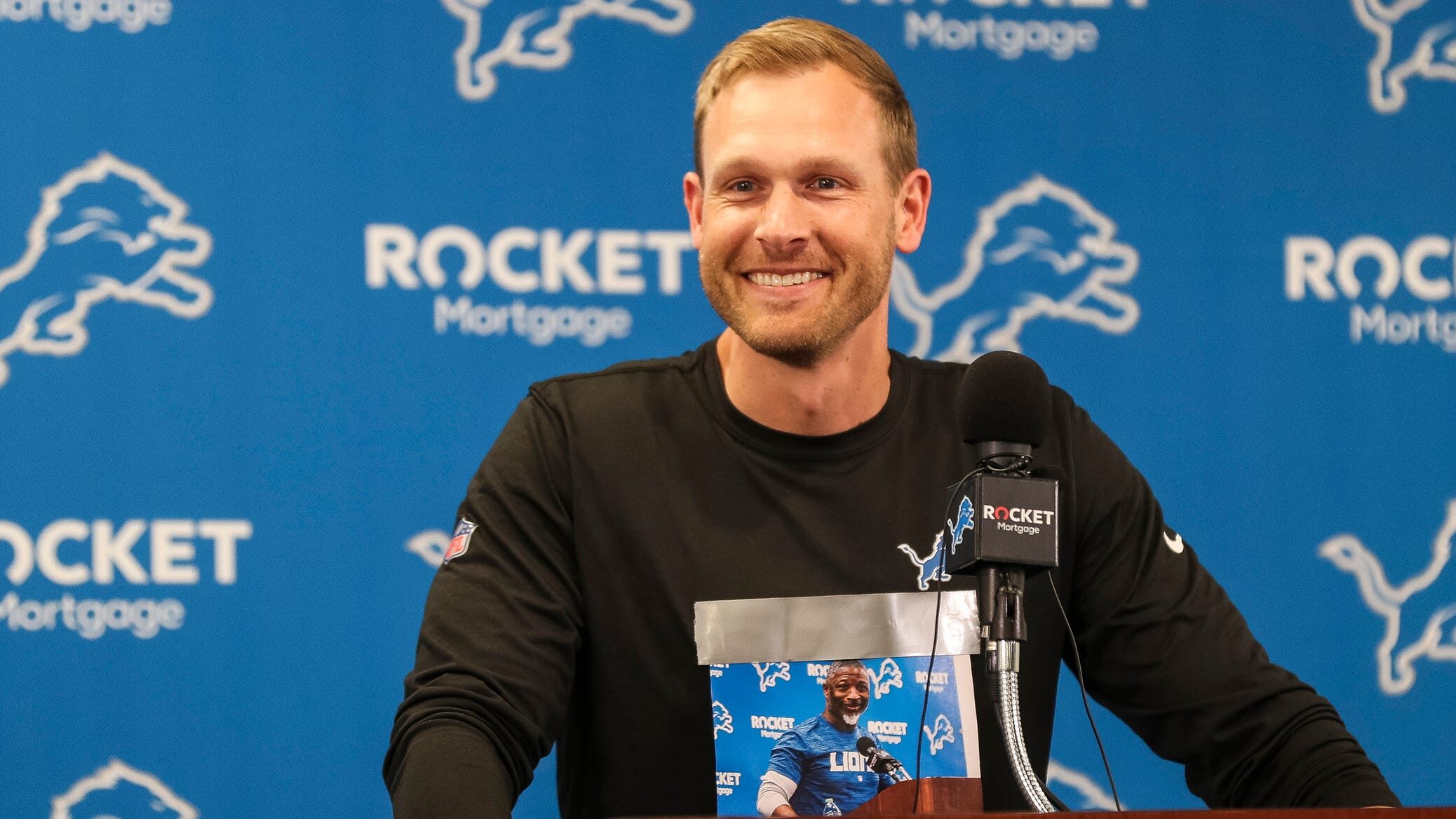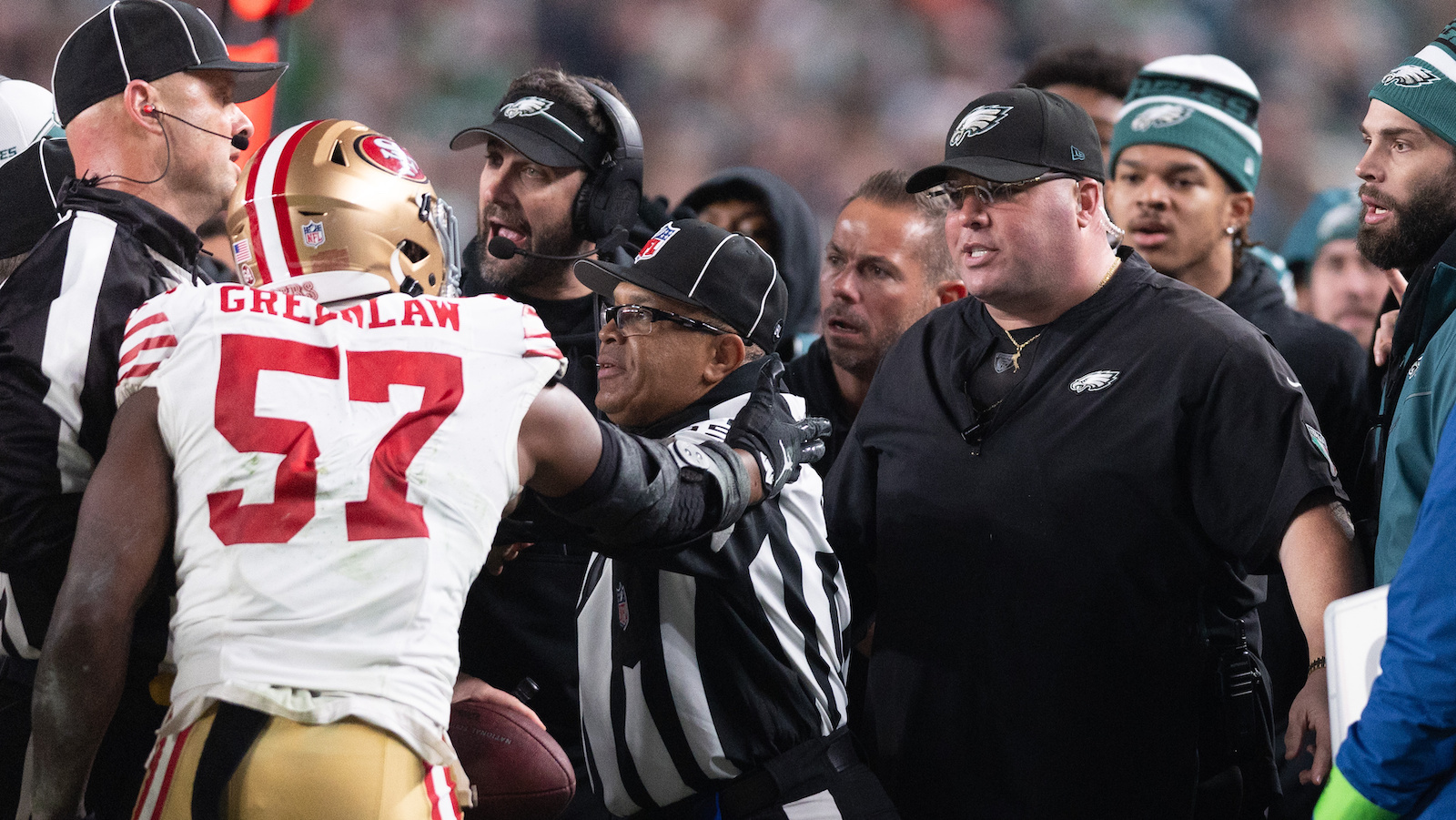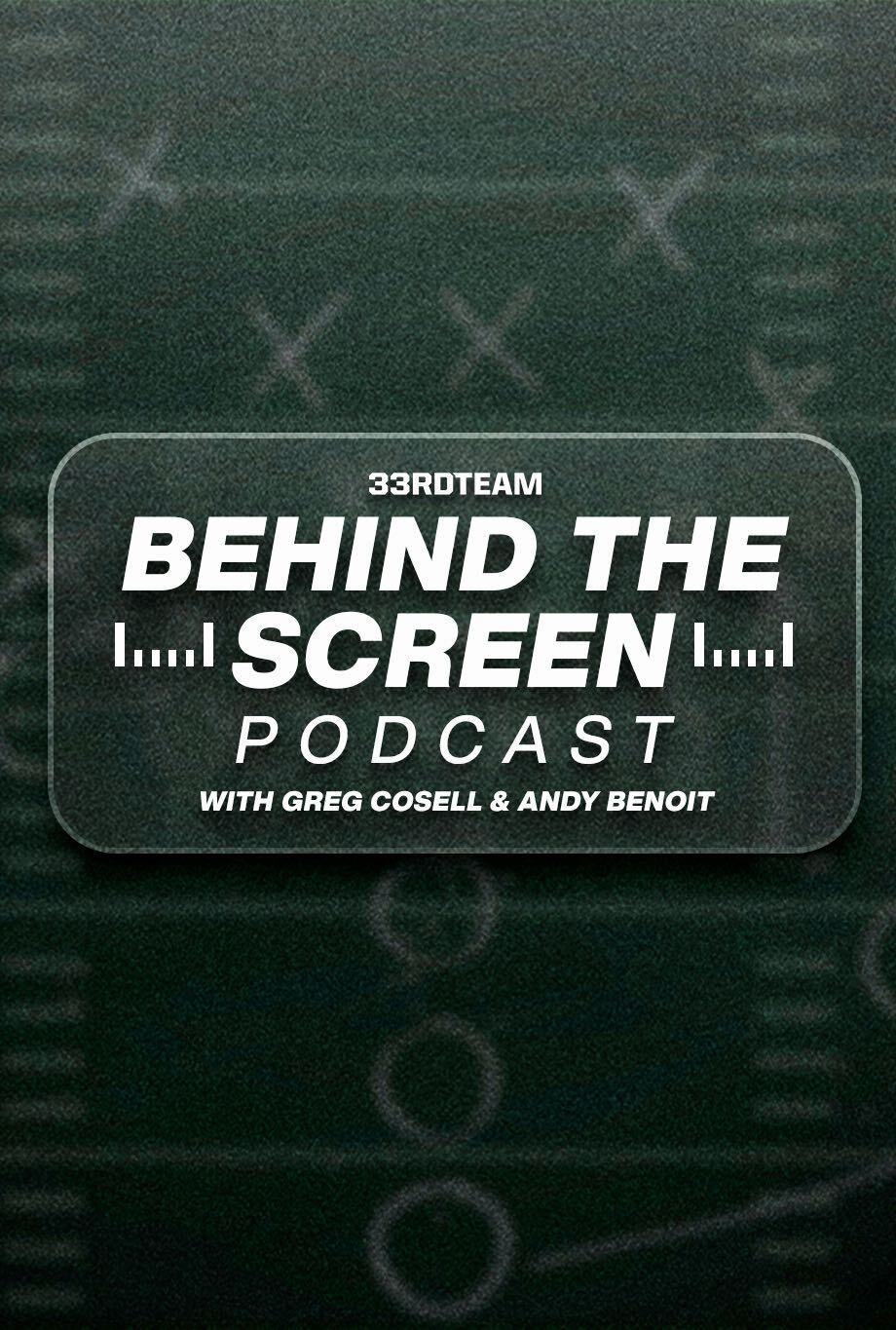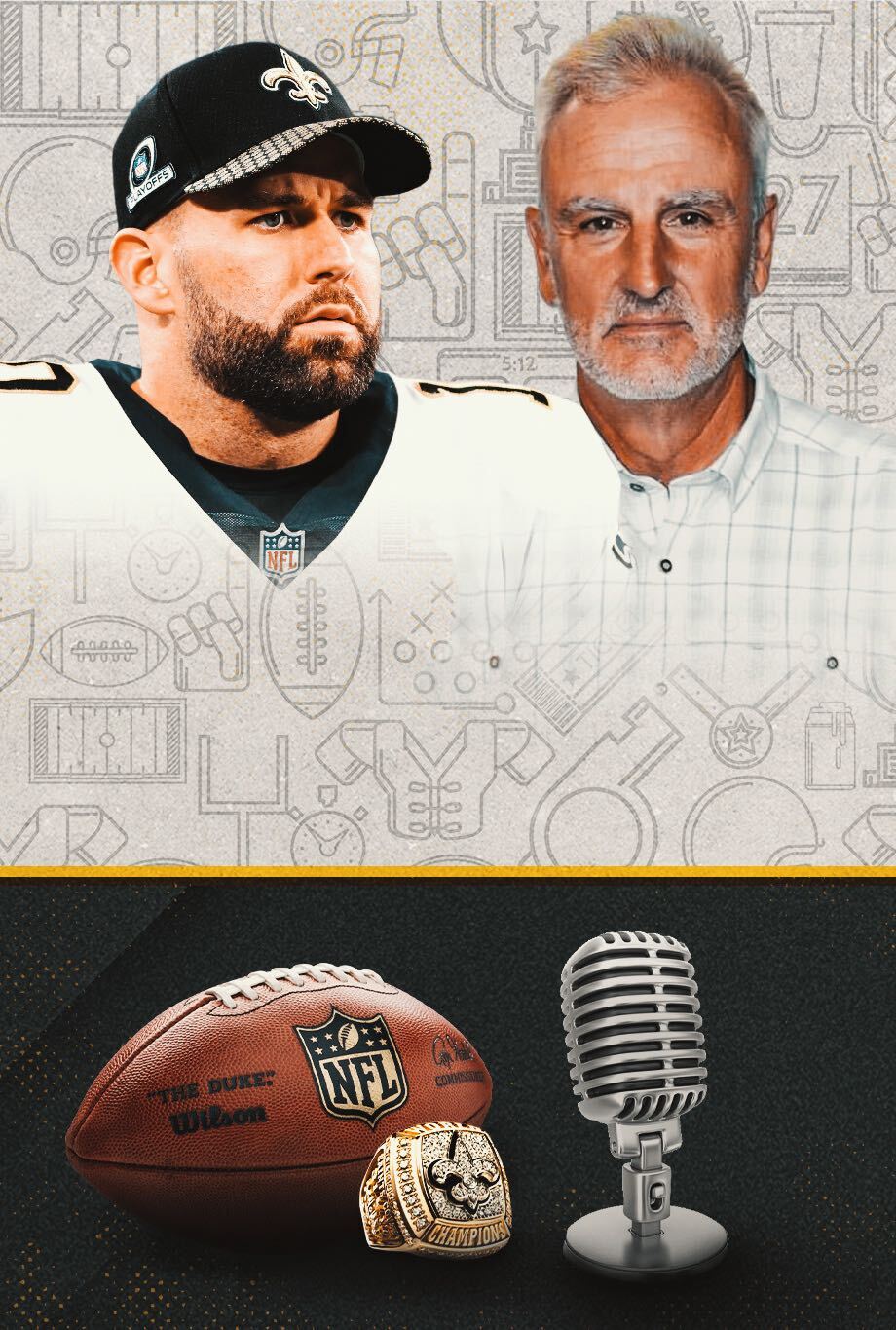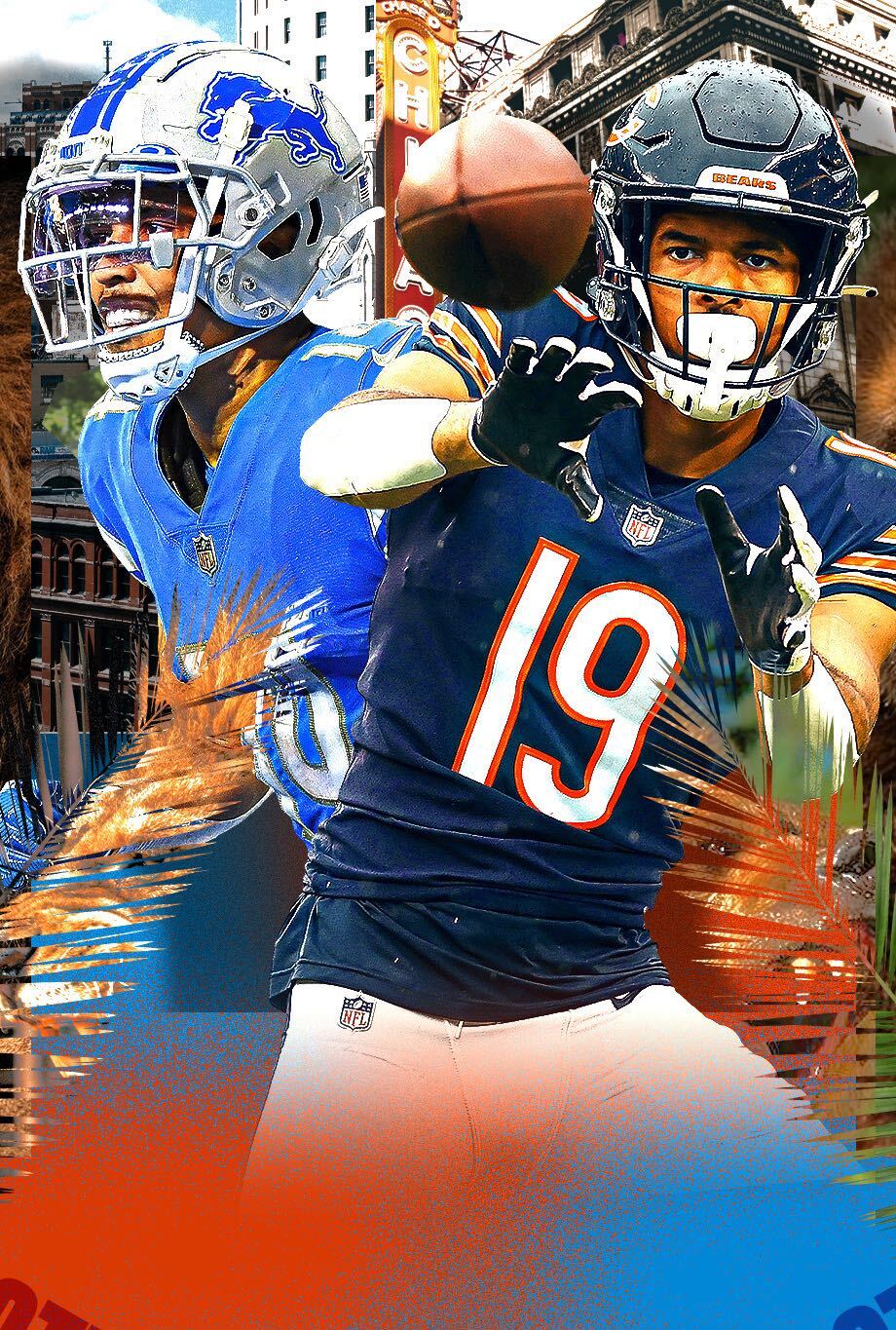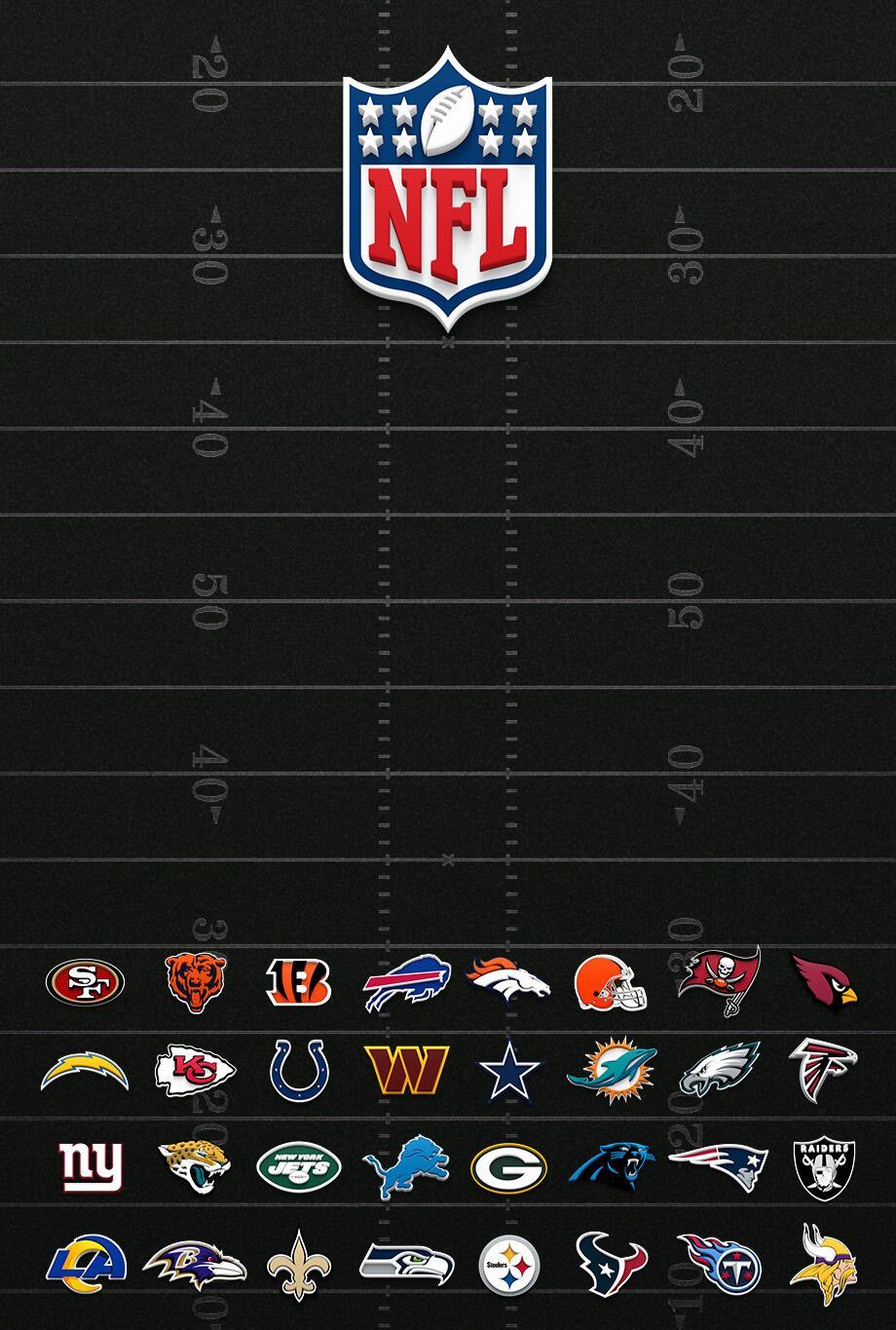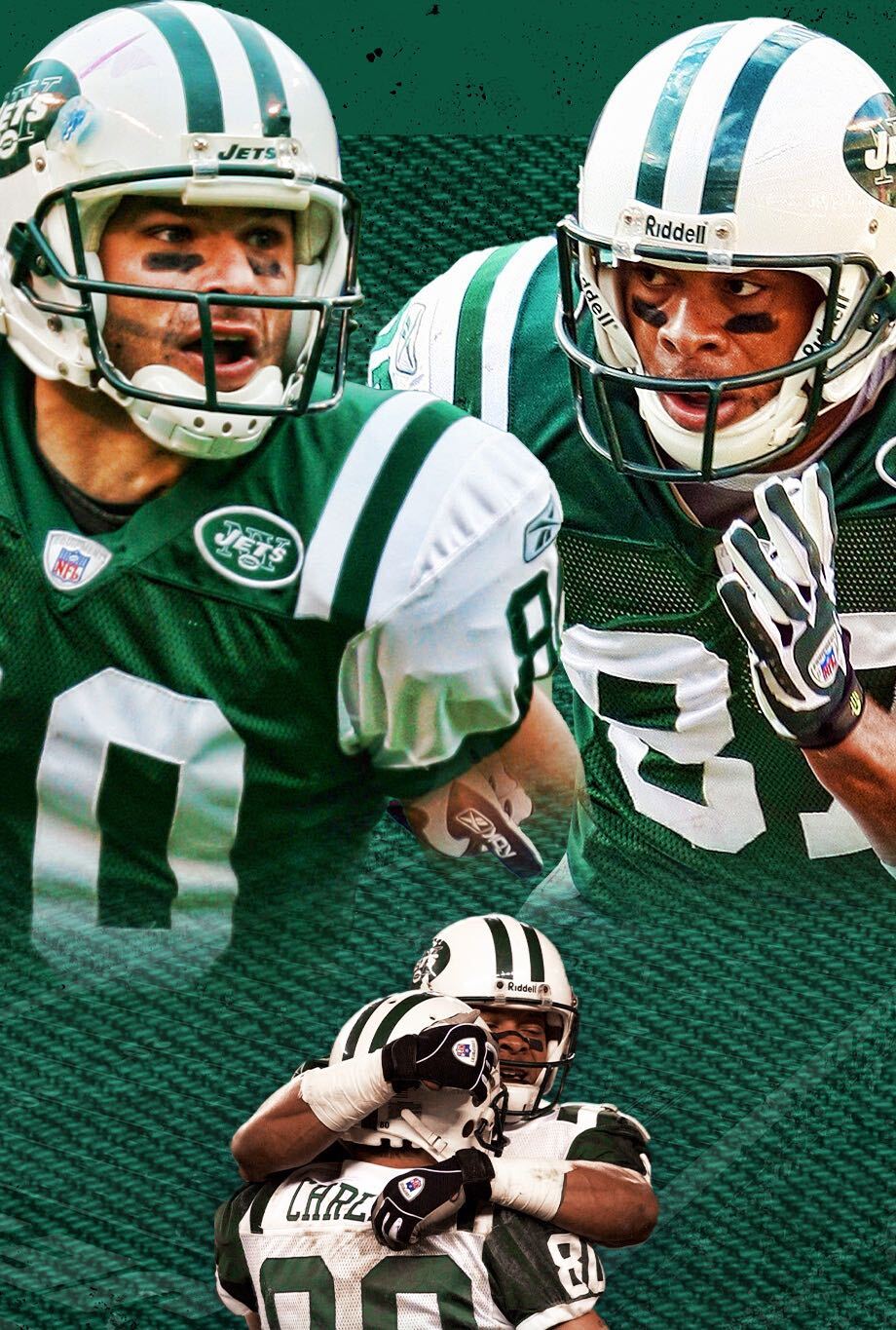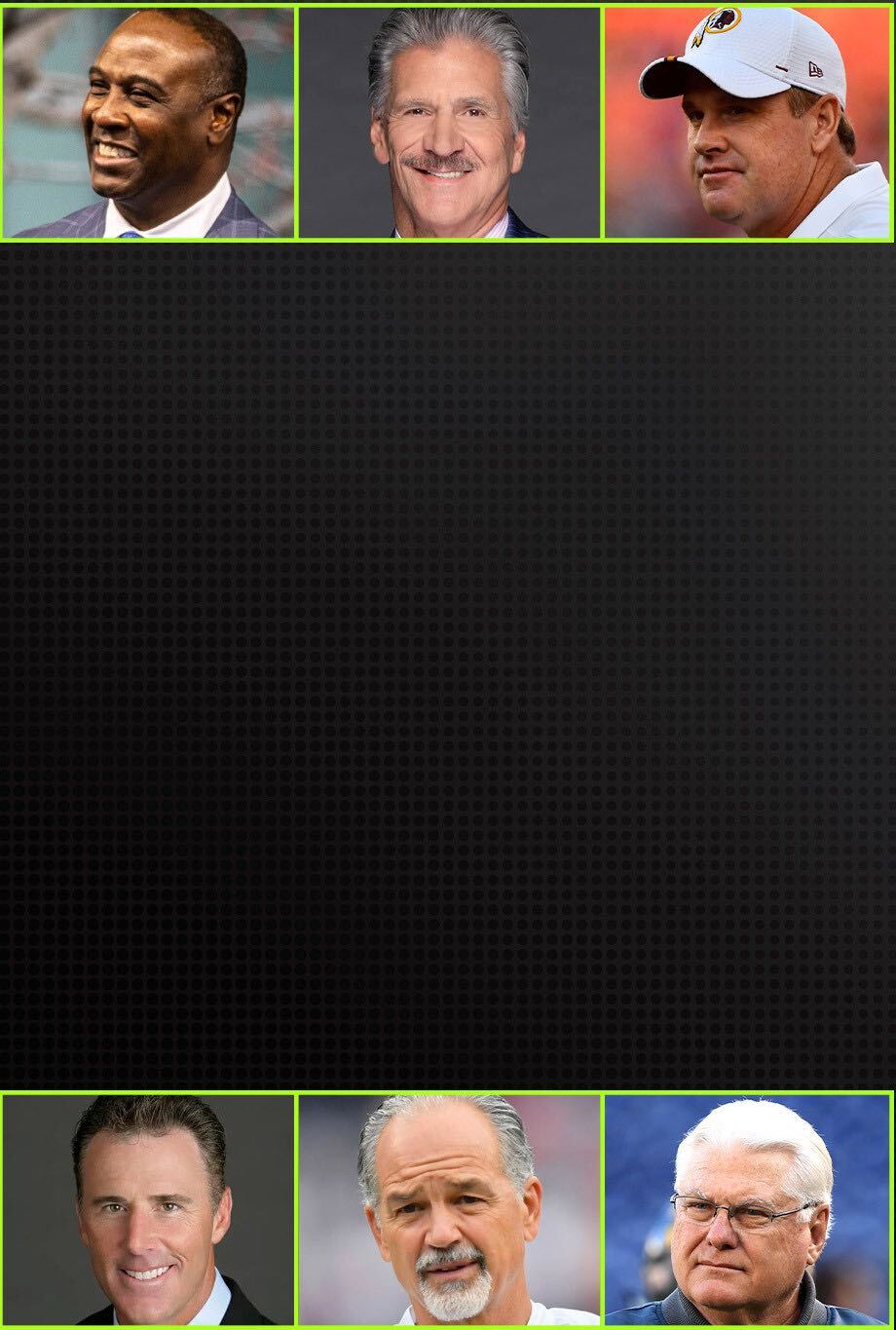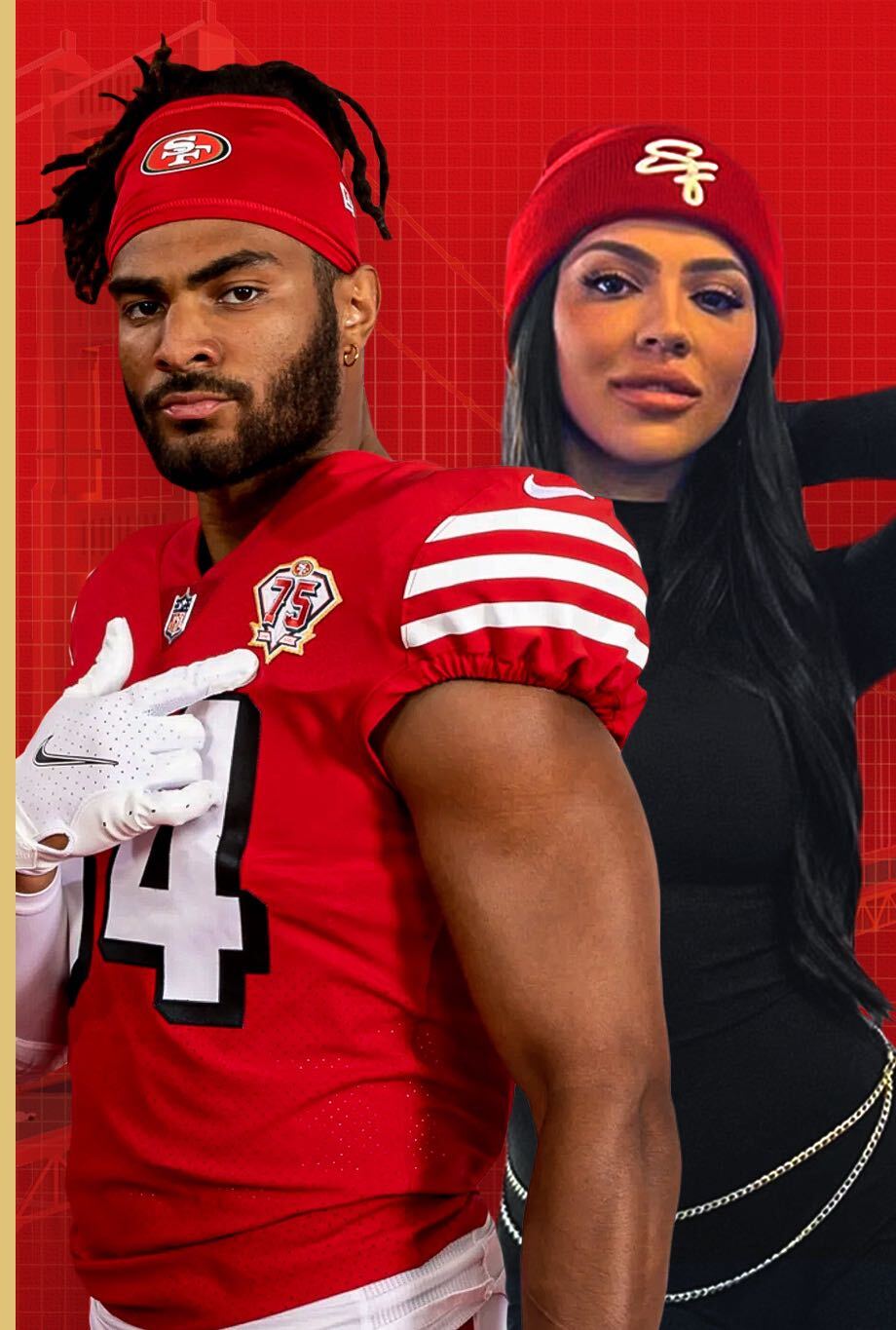Giants' Playoff Victory Illustrates Daniel Jones' Strides, Offers Glimpse of More
Analysis 1/18/23
The dust has settled from the six wild-card games, and with a nod of respect and recognition to the Cowboys' Dak Prescott for the importance of his play at Tampa Bay on Monday night, the most interesting quarterback storyline from the weekend was produced by Daniel Jones. And coach Brian Daboll. And offensive coordinator Mike Kafka.
That's for how they steered the Giants to their first postseason since 2016 and slammed the door shut on any questions about New York's quarterback future.
There’s no doubt the 31-24 win against Minnesota was the pinnacle of Jones’ career thus far. It was also the best evidence yet that Daboll is just what Jones needed to evolve from a decent but inconsistent NFL quarterback to a dynamic and efficient one. Jones now is closer to being a star quarterback than just a solid one.
It’s open to interpretation as to what parts of the Giants’ success Saturday against the Vikings are the best examples, but here’s what made an impression on me.
Attacking the Middle
The mix of passing scheme with passing talent is an excellent fit and cool to watch. I’m not sure if Daboll arrived in New York with hundreds of ways to put short-to-intermediate crossing routes in front of Jones on any given down and distance and from any formation and Jones just adapted to it, or if Daboll recognized Jones saw those concepts well, threw them even better and built from there, but here we are.
From any point on the field and any formation, with or without motion, Daboll can draw up a play where the result is multiple pass catchers — receivers, tight ends or backs — layering the field with shallow to middle-range in-cutting routes. They can be called unders, drags, daggers, shallows, ins or deep overs.
Different terminology but the same result: Jones hits the top of his drop, and the field he’s surveying, between the painted numbers from five to 20 yards deep, has been strategically layered with in-breaking routes, usually coming from both directions. Daboll and Kafka are deft with design, and Jones deciphers and delivers.
Pushing the Ball Down the Field
As I watched the game back, a poignant question came up. Why, at one point during the second half, did Jones and Kirk Cousins get to the same amount of passing yards, and have similar completion percentages but with a significantly different amount of completions?
Here’s the exact stat line they hit at that point: Jones was 19 of 25 for 248 yards, while Cousins was 27 of 32 for 248 yards. Both were highly efficient — Jones at 76 percent and Cousins at 84 percent — with the number of attempts similar, and the yardage identical at 248.
The difference comes in the yards per completion, with Jones posting an impressive 13 yards per completion, and Cousins' posting a respectable but still behind, nine.
This is the result of clever crossing routes — where the receiver doesn’t run to a spot and stop — but instead is continually on the move, asking to be hit in stride before getting too close to the sideline. When he is, this type of scheme comes alive, as it did Sunday in Minneapolis.
It was also the No. 1 reason New York’s offense stayed on the field, especially in the first two and a half quarters of the game.
Converting Third Downs
At one point in the second half, the Giants had converted seven-of-eight third downs (87 percent). In a one-score playoff game. On the road. This level of critical down success in the postseason is remarkable. How and why did it happen?
The Giants achieved that game-changing stat by throwing beneath the sticks, time and time again. This idea is immediately criticized when it doesn’t work. Like on the Vikings' final play of the season when Cousins threw high and behind a well-covered tight end. Yet, it can be seen working every NFL weekend by teams with smart schemes and accurate quarterbacks.
The vast majority of Jones’ third-down completions that kept drives alive were thrown to pass catchers short of the line-to-gain, but they were schemed open and hit in stride, a combination that allowed them to move the chains and pave the way to the end zone.
Remember that old saying about the running game being a quarterback’s best friend? The Daboll-Jones Giants version of that adage Sunday used third-down run-after-the-catch instead.
The way the Giants leveraged all parts of the run game turned the classic notion of how to win in that part of the game on its head.
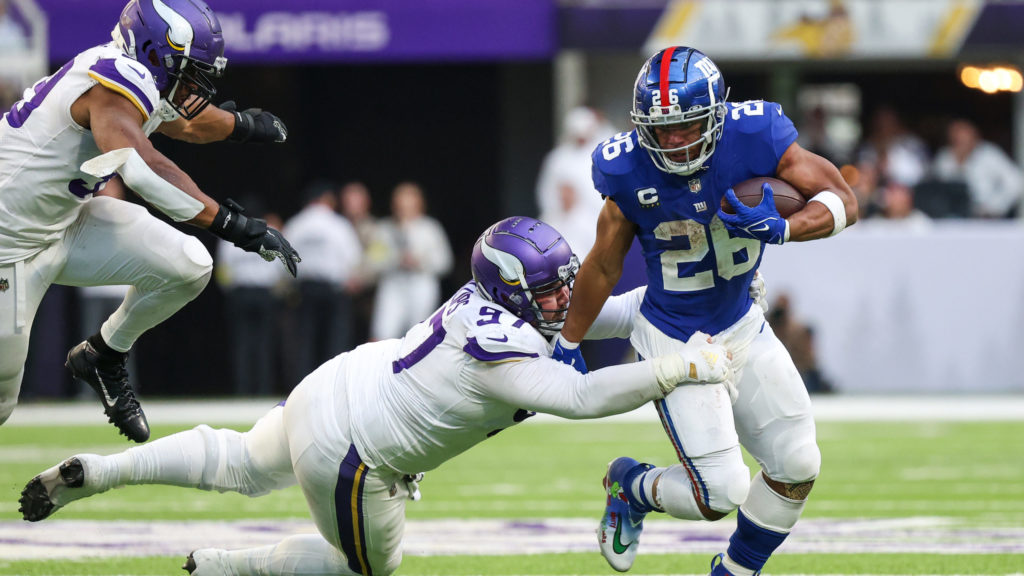
Diverse Running Game
At first glance, Saquon Barkley’s 53 rushing yards may not look like much. But, when you consider he produced six yards per carry, and also caught five passes for 56 yards, his bottom line was excellent: 14 touches for 109 yards and two touchdowns. That's an “A” contribution on the ground and through the air for any running back.
Barkley’s numbers sparkle even more when they’re combined with Jones’ contributions on the ground. Jones led the team in carries and yards (17 for 78), getting there with a combination of called runs and organic scrambles.
This Giant postseason run-game formula didn’t resemble Ahmad Bradshaw's and Brandon Jacobs' combined 26 carries for 109 yards in the Giants' most recent Super Bowl win against New England in early 2012. It’s also a far cry from Otis Anderson’s heroic 21 rushes for 102 yards in New York’s epic Super Bowl victory against Buffalo in 1991.
Once you get past the non-traditional optics of a one-two punch led by Jones and supplemented by Barkley and see the end result, it worked incredibly well. The Giants' top two rushers ran 26 times for 131 yards. You'd sign up for that product every time.
Daboll Trusting Jones
Daboll and Jones also deserve credit for what they did independently of the other on Saturday.
I loved how Daboll, on a pair of crucial third-down conversions, moved Barkley from his place in the backfield to the primary receiver on play calls that got the maximum five pass catchers out. There’s a decent amount of nuance and courage in doing this.
Normally a running back lined up next to his quarterback in the shotgun on third down is put there to protect first, as third down is often a heavy-blitz situation. When he’s standing a yard from the quarterback, seeing what the QB sees, he’s in a position to see the blitz and to do something about it.
At the least, the back will first check the rush and see if his help is needed and then release just beyond the line of scrimmage as a last-look outlet. However, more than once Barkley bolted from his spot — clearly with zero pass-blocking duties — into the pass route as the primary receiver.
The best example came on a critical third-and-3 from the Giants' 32 early in the third quarter. Barkley released to the left, and caught an out route, beneath the sticks, for a catch-and-run gain of 24. That conversion led to a touchdown and seven points they needed to win.
The entire scheme shows the play caller has faith in his quarterback to make a play happen, even if a blitzer comes free. That’s as high a compliment as Daboll can give to Jones’ mobility, recognition and toughness. It's a wonderful sign of how well they mesh together.
Jones Excels at Details
Jones also deserves plenty of credit.
First, his run-game mechanics, both hands and feet, are outstanding, and they allow Daboll to dial up creative ways to get backs and receivers the ball in space. These include the play-action run fakes that turn into reverses, the jet sweep quickly handed to a sprinting slot receiver and that gorgeous red zone statue-of-liberty call in the second quarter.
They’re all examples of Jones’ excellent ball handling and efficient footwork that allow him to execute all those types of exchanges with ease. It’s more of an accessory than a necessity, but man does it make for a nice ride.
Second, Jones showed conviction in the passing game with his decisions on where to go with the ball and in the run game with his decisions on when to scramble. There’s little “wonder” to his game right now. He doesn’t look unsure. He recognizes early in the pass play where the ball needs to go, and he doesn’t hesitate when scrambling is the best option. Watching him play reminds me that being quick-minded at the quarterback position can come in handy more often than being strong-armed.
Third, he’s using a potential drawback with his passing style to his advantage. It’s nitpicking, but Jones can throw a hard and heavy ball a little low in the short passing game. A pass that should be delivered chest high with a little bit of touch oftentimes comes in about 10 mph too fast and a little low.
It can make extra work for the pass catcher. Yet, it’s better than missing high and hard. Any pass thrown with too much velocity above the head is asking to get tipped and intercepted. The one delivered with a bit too much force but low just gets dropped. His tendency to throw more belt level than helmet level is one reason his turnover numbers have dropped more than any other starting QB in the NFL — from 28 (12 interceptions and 16 fumbles lost as a rookie in 2019) to nine (five and four) this season.
Finally, how much he’s improved from the middle of the season until now is impressive. In an exploratory article I wrote about Jones in October after the Giants had won four of five, and I went looking for what was good and what needed to be better, I wrote “too many times Jones doesn’t make it easy on his wide receivers on in-cutting, short-to-intermediate routes Daboll depends on, denying them the catch and run.”
Why did the Giants win Saturday? Much of their success was because on third down, Dabol’s well-dialed-up schemes and Jones’ accurate passes gave his receivers, tight ends and backs a chance to not only catch but run as well. He’s gotten better.
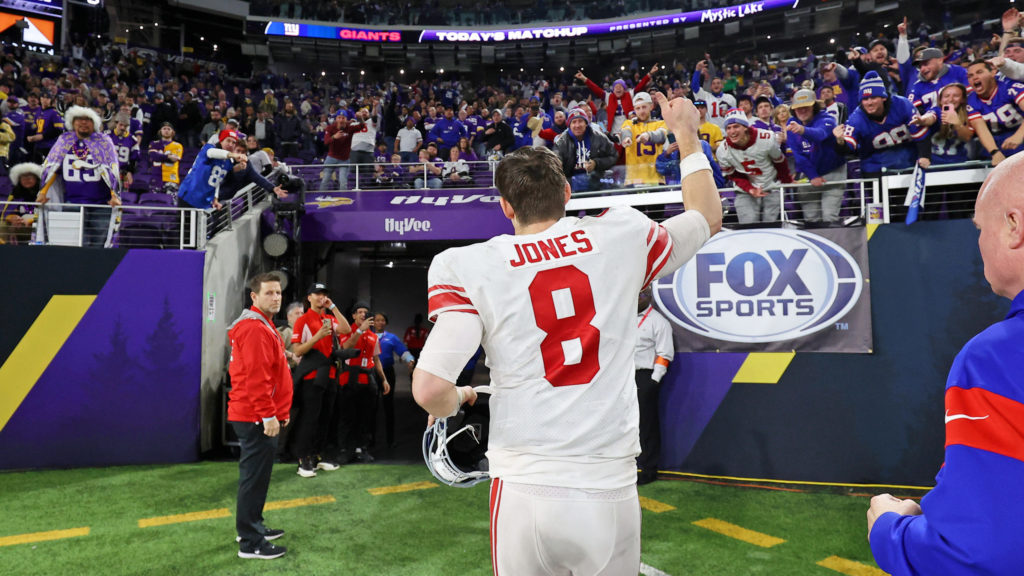
Is Jones New York's Future?
So where does Jones stand regarding the question that’s been hanging over his and the organization’s head for two years: Does he deserve a contract that makes him their quarterback of the future?
The answer is short and belongs in all caps. YES. Throw in an exclamation point if you’d like.
Remove emotion from any Giants fandom you may have or emotion that his play on wild-card weekend sparked, and back up to three basic questions that could have been established as parameters before his fourth season in New York and his first with Daboll.
1. Will he cut down on his turnovers?
2. Will the Giants win more games than they lose for the first time in his career and contend for the playoffs?
3. Do he and Daboll show signs of getting better as the season gets longer?
Well, Jones made the turn from QB most likely to turn the ball over to the one least likely to, which is an incredible place to start. He and the Giants not only made the playoffs but are in the NFC’s final four, and the Daboll-Jones combination has blossomed into one of the best play-caller-quarterback tandems in the NFL with room to grow.
The only real questions remaining are when will the contract get signed, for how many years and for how much money? How much more Jones can improve and how much further into the playoffs he can take the Giants is the next debate of Jones’ career.
Paul Burmeister, a former starting quarterback at Iowa, is a studio host with NBC Sports and the radio voice of Notre Dame Football. For a decade he worked as a studio host at NFL Network. Follow him on Twitter at @PaulWBurmeister.
